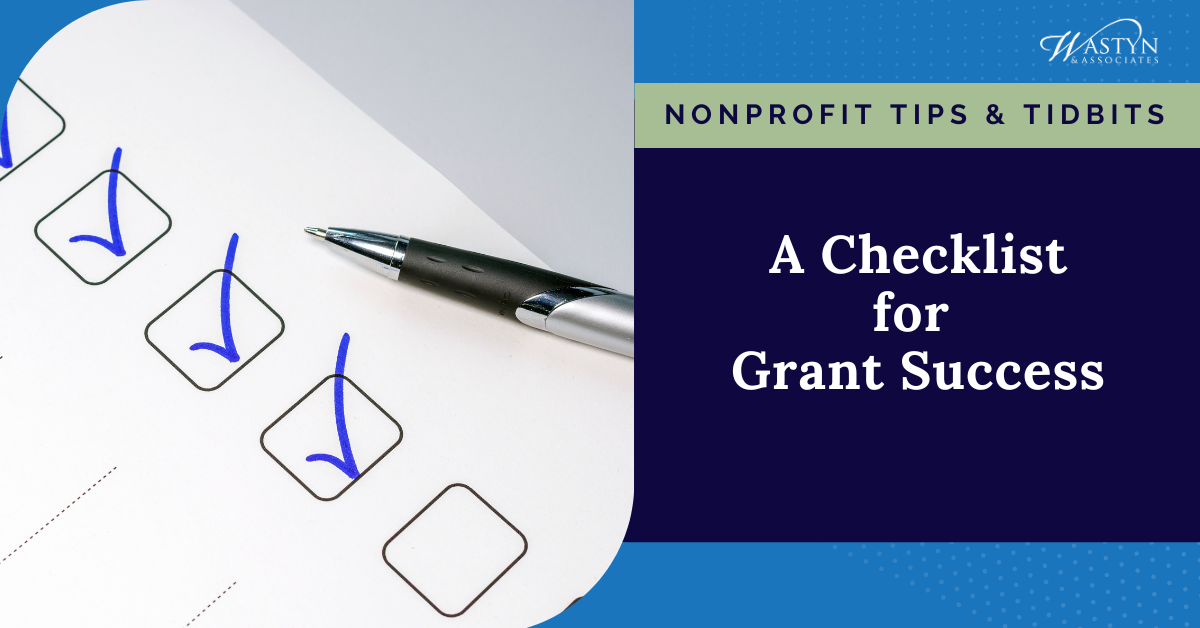6 Ways to Effectively Use Data in Grant Applications
Including specific data in your grant application can strengthen your arguments, making your application more compelling by demonstrating the extent of the need you propose to alleviate and the value of your program.
But you want to make your grant application readable, relatable, and persuasive to your readers. A list of numbers rarely achieves these important goals.
These 6 tips will help assure that you can effectively balance the need to substantiate your claims by quantifying your need or outcomes while keeping the narrative understandable and persuasive.
1. Use statistics sparingly.
Keeping the application readable serves as your primary goal when writing a grant application. Too many numbers inhibit readability; most readers gloss over them, especially when reading quickly. Too many statistics or numbers will overwhelm the reader and cause them to dismiss the important messages in your application. Only use statistics when they add to your argument or story.
2. Use round numbers.
Unless you write a scientific or research grant, you do not need to report statistics to two decimal places or even to the exact number. If your program reached 8,342 people last year, report it as “more than 8,300.” People better understand round numbers and can read them more quickly. Likewise, rather than “23.25% of the community lives in poverty,” use “more than 1 in 5 people in the community lives in poverty” or “nearly 1 in 4 people in the community lives in poverty.” They all mean the same thing and report the data close enough for the purposes of most grant applications.
3. Relate numbers to the audience.
Better than “more than 1 in 5 people in the community lives in poverty” report the data in a way that your audience understands: “5,000 people in Anytown live paycheck to paycheck.” You may need some algebra to extrapolate the numbers to the level you want to report to the audience, but the importance of specificity makes a little math worth your time.
4. Help the reader interpret the data.
Is 5,000 people in Anytown living in poverty a lot? Provide a context to help your reader interpret the statistic. “Only 5,000 people in Anytown live in poverty” means something a lot different than “An astonishing 5,000 people in Anytown live in poverty.” The number did not change but the interpretation clearly did with the addition of one or two words.
5. Put the data in concrete terms.
A friend who worked for the local Child Abuse Council once told me that the number of children abused each day would fill 20 school buses. While the raw number is astonishing (and harder to remember), its size makes it hard for most people to wrap their brains around. Putting the need in more concrete terms like the number of school buses they would fill makes it easier for the audience to picture – and remember – the extent of the problem.
6. Report data sources sparingly.
Unless you write a federal grant or other one that requires references, I find it unnecessary to specify the data source. Depending on the number of characters allowed, I might say something like “According to the 2016 Census…” or “Extrapolating from local school data…”
Never, ever lie about the data you found, but you can report nearly any statistic to support the claim you want to make. It will add to the readers’ understanding of the problem or your solution by putting them in the appropriate context.











